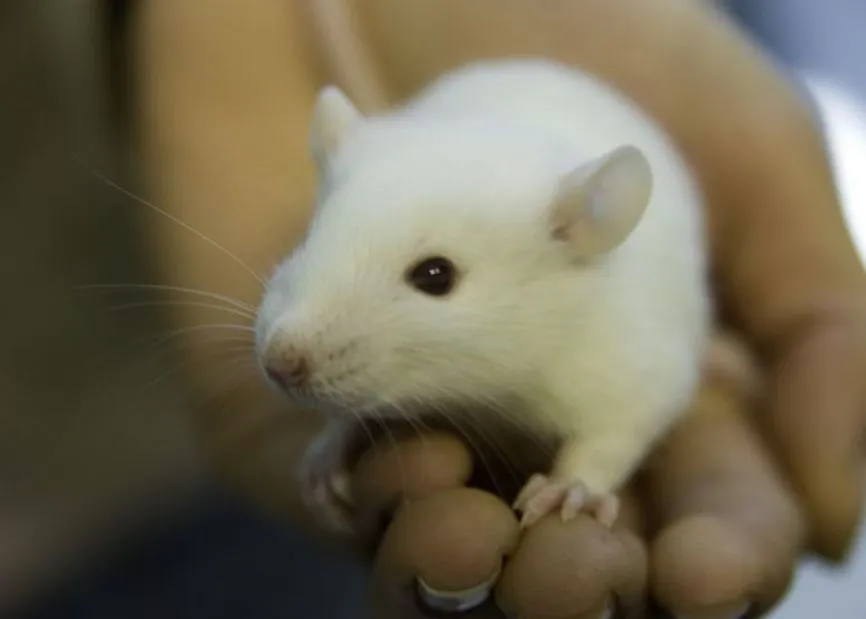The new medications reach our pharmacies through a rigorous process that begins in the laboratory and ends with multiple trials in humans through probable studies in animals, as in the case of drug diabetes drugs, which are tested in mice.
But, although these rodents share many biological similarities with us that make them valuable test subjects, obviously, they are not people, and sometimes, the treatments that work in mice fail without an explanation in humans.
Now, a study published in Scientific Reports explains why this happens.
The researchers, from the University of Lund (Sweden) and the King's College in London (United Kingdom), have found between the mice and human beings previously unknown differences in the interaction between the GPCR receptors and the beta cells of insulin producers in thepancreas.
These receptors are found on the surfaces of many cells, where they receive chemical messages through several molecules called GP proteins. We have about 1,000 Different GPCRS, which perform various functions, including the detection of certain tastes and smells, the regulation of the immune systemor the transmission of nerve signals.
It is estimated that about 40% of all modern prescription medications are aimed at this type of receiver, and work, but as for the development of drugs for type 2 diabetes, it has not been successful.The explanation could simply be that the receptors in the beta and humans cells do not coincide, something that scientists count, but now they have clearly delineated some of these differences and, incidentally, have also found some promising similarities.
The pancreas cells hang in small clusters known as islets.The team compared islets of two types of laboratory mice, and donors of non -diabetic human organs.They found that human beings do not have some of the GPCRs that were found in mouse islets to help with insulin production.Meanwhile, other receptors are only in humans.This implies, according to experts, that a drug developed to stimulate or inhibit a particular receiver that, in mice, can lead to greater insulin production, may not have any effect on human beings, or even be harmful.And that's not all.The researchers also found differences from the receptors between the two types of laboratory mice they used.
The question that arises at this point is clear: should we continue developing medications based on research conducted in mice, if drugs cannot be used in humans?Researchers say that this comparison study will be useful for other scientists who are looking for new diabetes medications and thinking of trying them first in these animals.Also, they claim to have mapped a group of GPCRS that are similar in mice and human beings, so research with these animals would continue to make sense.They hope that, improving the roadmap of differences and similarities, medication tests are more precise in the future.
On the other hand, a joint investigation of the Gothenburg (Sweden) and Girona (Spain) universities explains the mechanism of the most effective therapy against type 2 diabetes, through the makeup of intestinal bacteria.The metformin drug is prescribed to reduce the amount of glucose produced by the liver to help people with type 2 diabetes to control their blood sugar.But the mechanism is more complex than this, the researchers found that the key to keeping type 2 diabetes at bay isStomach bacteria: in individuals who were treated with this medication, the composition of intestinal bacteria changes much more dramatically.


